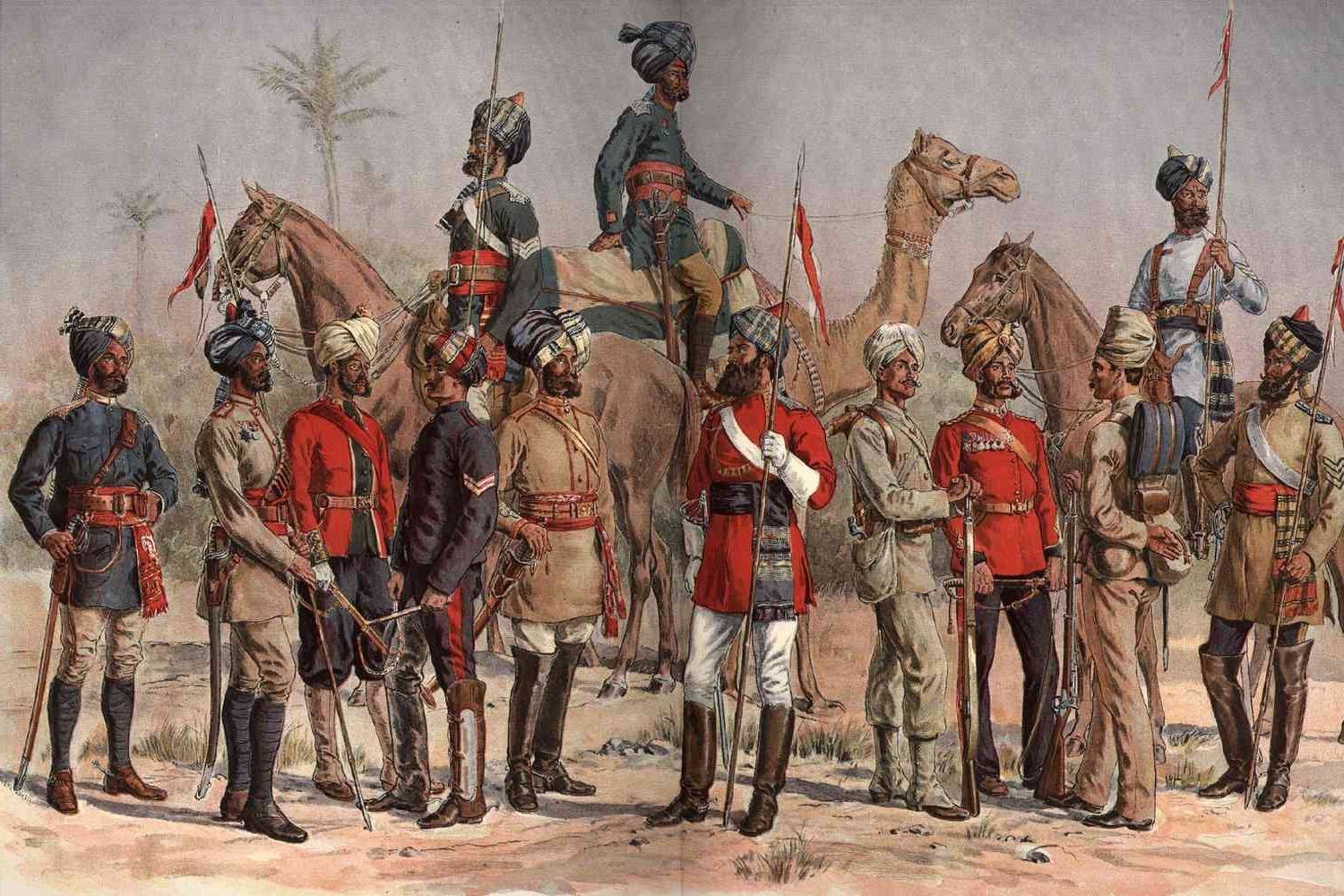
Ever wondered what life was like in British India? This period, spanning from 1858 to 1947, shaped the subcontinent in ways still visible today. British India was a melting pot of cultures, traditions, and political upheaval. From the bustling streets of Calcutta to the serene landscapes of Kashmir, every corner had a story to tell. The British Raj introduced railways, telegraphs, and a new education system, but it also brought economic exploitation and social changes. Curious about the impact of British rule on India? Let's dive into 25 intriguing facts that highlight the complexities and legacies of this fascinating era.
Key Takeaways:
- The British East India Company, with its own army, shaped India's history through trade and political control until the British Crown took over in 1858, marking the beginning of the British Raj.
- British rule in India brought social reforms, economic exploitation, and a long struggle for independence, ultimately leading to India's freedom in 1947.
The British East India Company
Before the British Crown took control, the British East India Company played a significant role in shaping India. Here are some intriguing facts about this powerful entity.
- The British East India Company was established in 1600 by a royal charter from Queen Elizabeth I.
- Initially, the company focused on trade, particularly in spices, silk, cotton, and tea.
- By the mid-18th century, the company had its own private army, which was larger than the British Army.
- The Battle of Plassey in 1757 marked the beginning of British political control in India.
- The company ruled large parts of India until the Indian Rebellion of 1857.
The British Raj
After the rebellion, the British Crown took direct control, marking the beginning of the British Raj. This period saw significant changes in Indian society and infrastructure.
- The British Raj began in 1858 and lasted until 1947.
- Queen Victoria was proclaimed Empress of India in 1876.
- The British introduced the railway system in India, which became one of the largest networks in the world.
- English education was promoted, leading to the establishment of many schools and universities.
- The Indian Civil Service was established to administer the country, but it was dominated by British officials.
Social and Cultural Impact
British rule had a profound impact on Indian society and culture. Some changes were beneficial, while others were detrimental.
- The British introduced Western legal systems, replacing traditional Indian laws.
- Social reforms, such as the abolition of Sati (the practice of widow burning), were implemented.
- The British promoted cricket, which became a popular sport in India.
- English became the medium of instruction in many schools, influencing Indian literature and communication.
- The British also introduced the postal system, which improved communication across the vast country.
Economic Exploitation
While the British brought some development, their primary goal was economic exploitation. This had long-lasting effects on India's economy.
- India was a major supplier of raw materials for British industries.
- The British imposed heavy taxes on Indian farmers, leading to widespread poverty.
- Traditional Indian industries, such as textiles, were destroyed to promote British goods.
- The British built infrastructure like railways and ports primarily to facilitate the export of Indian resources.
- Famines were frequent during British rule, partly due to the focus on cash crops instead of food crops.
The Struggle for Independence
The fight for independence was long and arduous, involving many leaders and movements. Here are some key facts about this struggle.
- The Indian National Congress was founded in 1885 to demand more rights for Indians.
- Mahatma Gandhi emerged as a key leader, advocating non-violent resistance.
- The Salt March in 1930 was a significant act of civil disobedience against British salt laws.
- The Quit India Movement in 1942 called for an end to British rule.
- India finally gained independence on August 15, 1947, leading to the partition of India and Pakistan.
Final Glimpse at British India
British India left a lasting mark on history. From the establishment of the East India Company to the struggle for independence led by figures like Mahatma Gandhi, the era was filled with significant events. The British introduced railways, telegraphs, and a modern education system, yet their rule also brought economic exploitation and social upheaval. The partition of India and Pakistan in 1947 remains one of the most impactful outcomes of British rule, shaping the geopolitical landscape of South Asia.
Understanding these facts helps grasp the complexities of British India's legacy. It’s a tale of both progress and pain, innovation and injustice. This period shaped modern India and its neighboring countries, influencing their paths forward. Reflecting on this history offers valuable lessons for the future, reminding us of the importance of resilience, unity, and the quest for justice.
Frequently Asked Questions
Was this page helpful?
Our commitment to delivering trustworthy and engaging content is at the heart of what we do. Each fact on our site is contributed by real users like you, bringing a wealth of diverse insights and information. To ensure the highest standards of accuracy and reliability, our dedicated editors meticulously review each submission. This process guarantees that the facts we share are not only fascinating but also credible. Trust in our commitment to quality and authenticity as you explore and learn with us.
